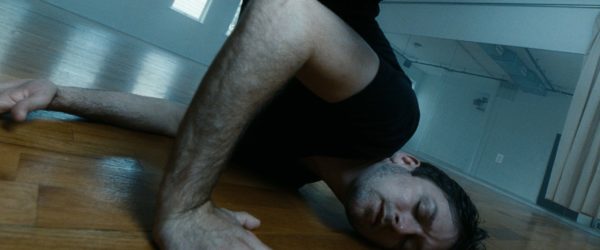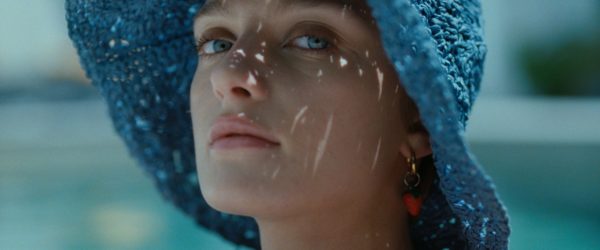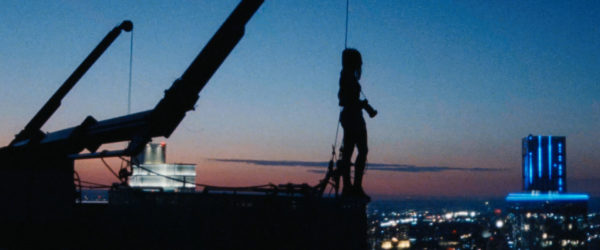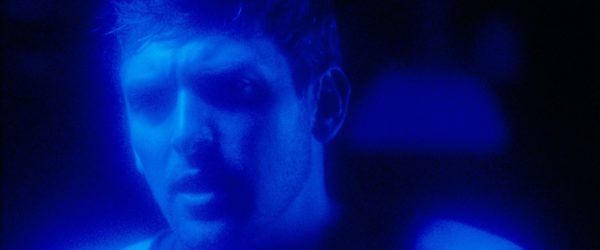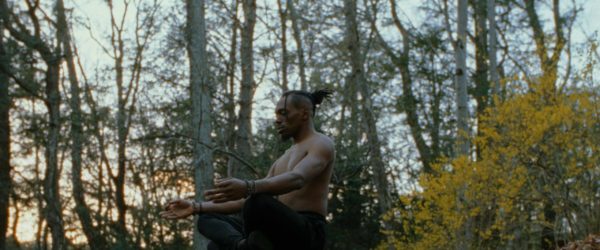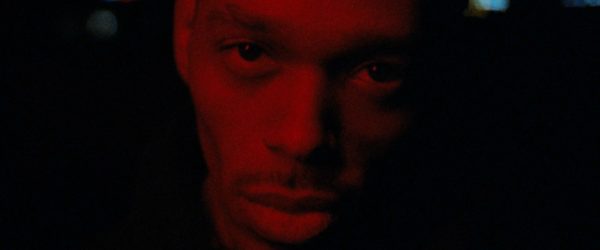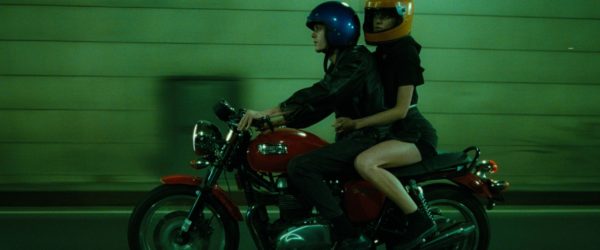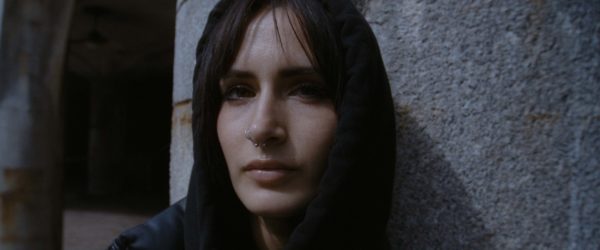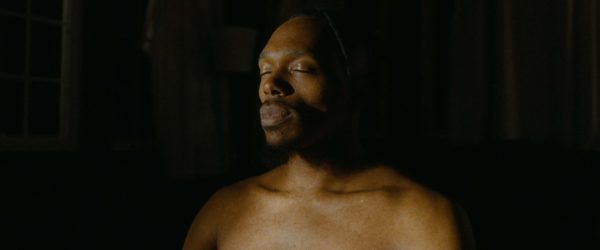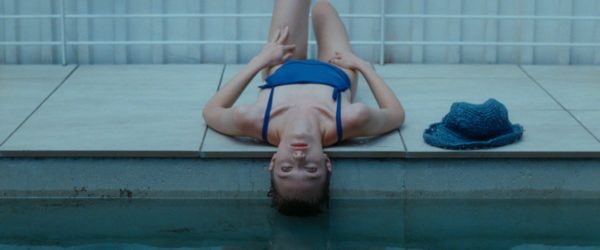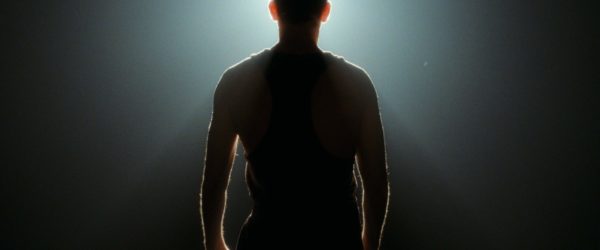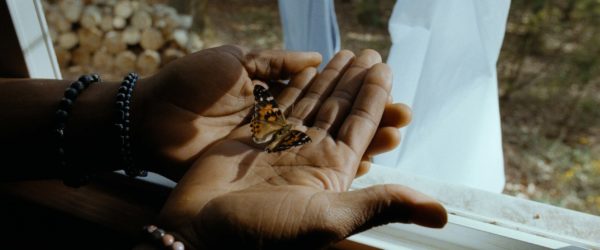Behind the Scenes
Courage Unfolded: The Story Behind ‘The Face of Fear’
We all face fears. It’s an inherent part of the human condition. But what does it mean to transcend fear? Is it bold and uncompromising, laughing in the face of danger? Or is it perhaps a quiet struggle to regain treasured ground in our own minds? The answer is as varied as the nature of the fears that assail us.
In The Face of Fear, Director Alex Ramsey investigates what it takes to cultivate courage, in ways both subtle and extraordinary, and the potential that awaits on the other side of our greatest insecurities.
We spoke with Alex about his motivation for the film and the unique experience of capturing these stories:
”"What I love about documentary filmmaking is the opportunity to be deeply impacted by people you might otherwise never meet."
Alex Ramsey

Filmsupply: What inspired you to create “The Face of Fear”?
Alex Ramsey: In high school, I was very shy. I realized this was less about my innate personality and more about a fear-based reaction to worries about acceptance and perceptions. So, I became obsessed with the idea of overcoming my social anxiety and decided to do one thing every day that scared me. Even if it was just raising my hand to answer a question in class, I would do this exercise religiously. And it worked! To this day, that practice of small acts of courage has been one of the most rewarding experiences of my life.
Creating this film was an attempt to bottle that same drive to push my personal boundaries and deliver it to the viewer through the true stories of others. Fear can come in endless varieties, but at the end of the day, it consistently forces limits on our actions and decisions. Why not challenge those limits and see where it takes you?
Did you face any creative challenges during the development of the film? If so, how did you overcome them?
The most creatively challenging part of this film was figuring out how all these stories fit together. Of course, they were all grounded by a common thread, but it wasn’t easy to weave them into a strong, cohesive message. The answer came through a really intentional focus on pre-production editing.
Editing is always an integral part of my directing process because it is the basis of any vision I have. In this case, we conducted the interviews in advance and cut those together before we ever stepped on set. It took months of revising the audio edit in pre-production to make it work, but having this strong auditory content to work from allowed us to envision the film more thoroughly and dream up the most compelling visual elements to capture.
When you’re telling true stories with real people, there are always surprises in production, but having a really clear vision of the final film that includes both audio and visual elements is a game-changer. As a result, we were able to produce something truly conceptual yet deeply personal to each character.
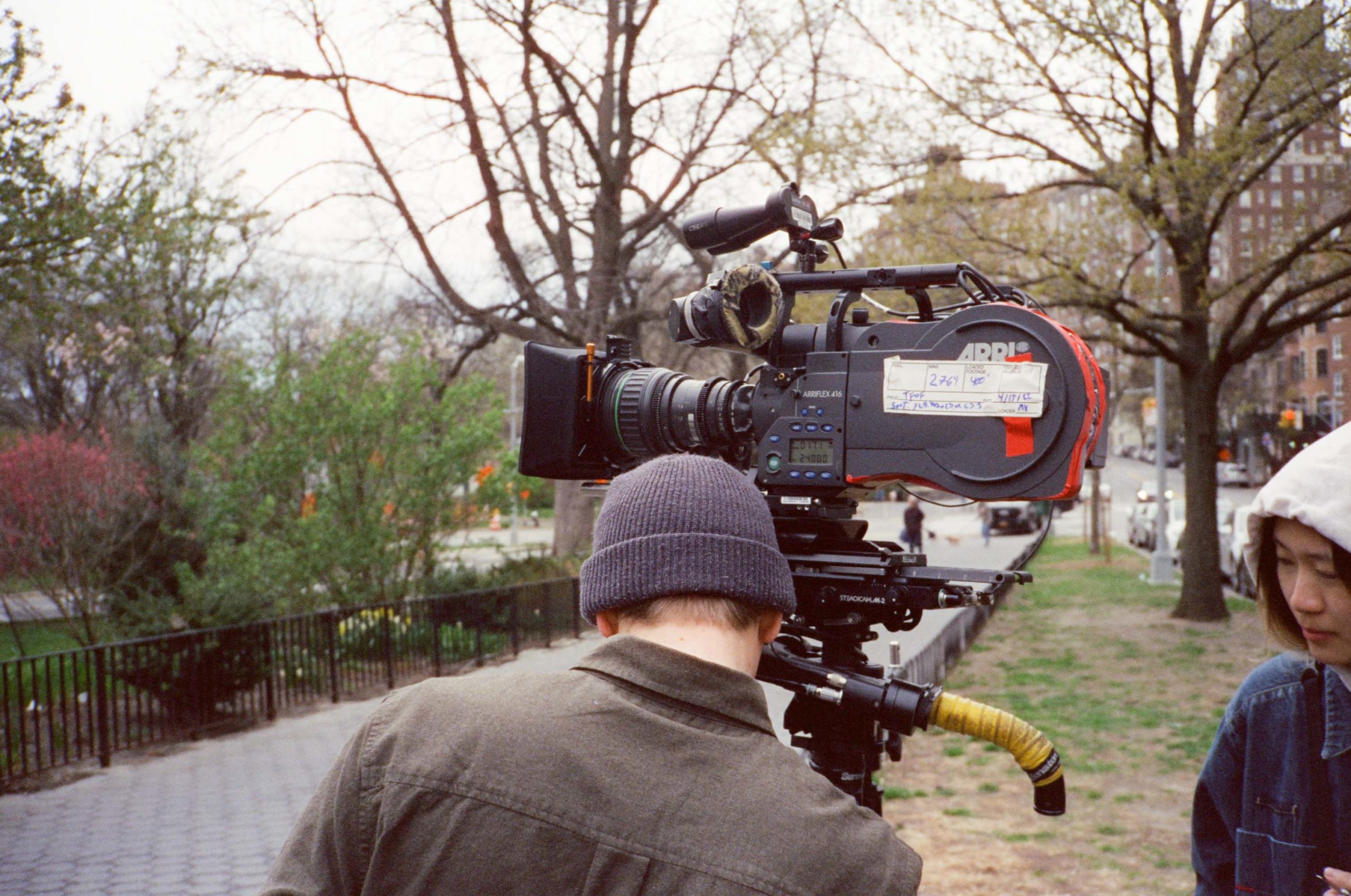
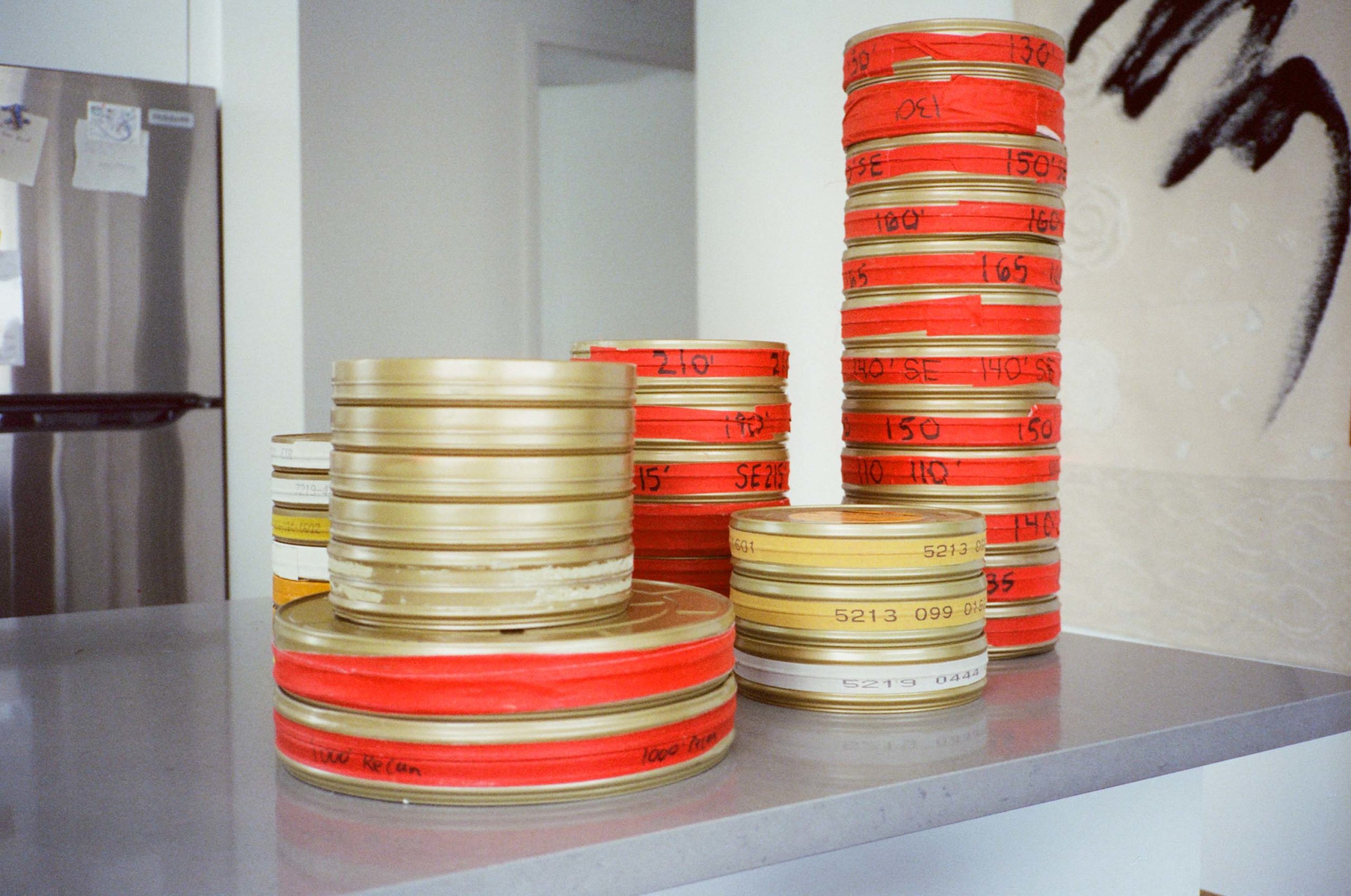
How did your decision to utilize film instead of a digital format impact both production and the final film?
I always prefer to shoot on film, because it gives the image a depth and texture that you can’t get on digital. On this project, in particular, it felt like there was a real opportunity to use film as a storytelling device.
We chose to use 16mm in the first half of the film to convey a grittier feel as our characters are battling their demons. We then incorporated more 35mm as the scenes progressed to reinforce for the audience the increasing sense of calm and clarity that our characters are expressing by the end of the film.
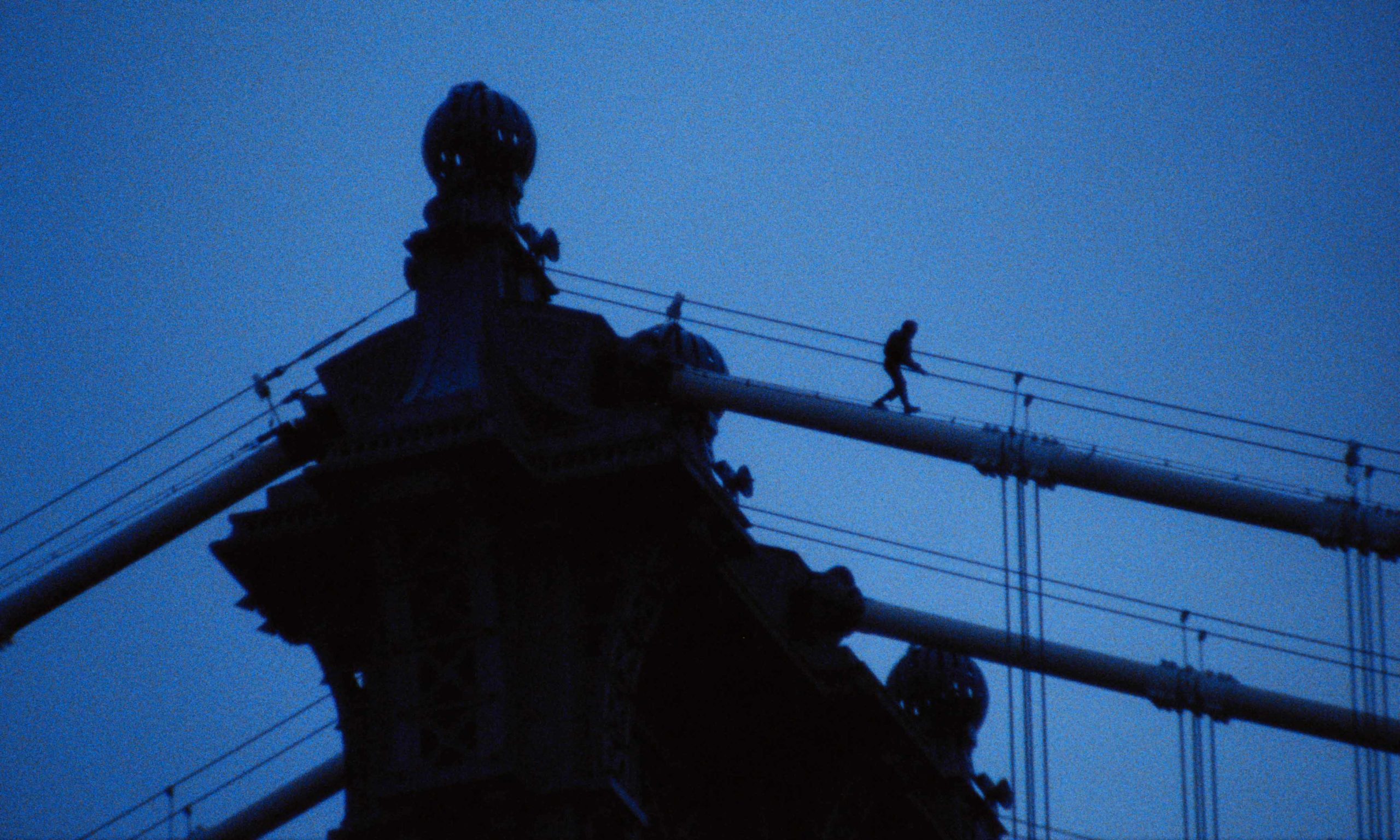
How did you find your cast, and what was your experience like directing them?
Casting the film was a fairly exhaustive process. I would dream up a wish list of characters and then hunt those people down on Instagram. Many DMs were ignored, but I was able to get a handful of people in for interviews and then whittle those down to the final cast.
My directing style has always been a mix of art film and documentary, so I know what I’m getting myself into by casting real people. I painstakingly plan out each scene, but you have to read the room on set. Inevitably, there are compromises you must make to more strongly represent each person’s reality, but ultimately, this forces spontaneous creativity which can be a great thing.
Working with this cast, in particular, definitely provided some new experiences for me. With our urban climber, I was introduced to a world of people who took me on a tour of the city from their perspective before for our location scout. The way they would run around taking photos wherever and whenever they pleased – it was as if all of New York was their playground. That day inspired me to stay young no matter how adult my life gets.
Also, the day of our shoot in the woods, Jarrick led a meditation session on set that changed the whole vibe of the shoot in such an incredible way. We had some trouble with the 35mm camera that day, and I think that altered headspace helped us a lot. I feel like every film should have a meditation coach on the team!
Explain your approach to sound design and scoring.
Sound design is potentially my favorite part of the process. With this piece, I wanted to use the music and sound design in tandem and in a delicate balance to help the audience focus more intently on the stories within the film.
We had originally edited the piece to classical and driving temp tracks, but it just felt a bit distracting. We realized that an experimental yet understated approach to the score would help set the film apart while making it more emotionally accessible. Fortunately, we had the opportunity to partner with composer Gavin Brivik to create a dynamic and nuanced custom score. Now, instead of being pushed by music, the film is driven by the voices of our characters and punctuated by thoughtful sound design.
How did the film change from your original storyboards to the final edit?
Being completely honest, my original storyboards for this film were a little insane and included a lot of VFX. In reality, even my wildest ideas wouldn’t have necessarily made the final cut, so I’m okay to keep them a mystery. We worked through an editorial process with the boards to re-vision some of the moments in a more practical way, but even that effort was impacted by inspiration on set and revelations in the editing process.
For instance, one of my favorite moments in the film is when Garen dances intensely with the camera practically glued to his body. This was not the plan but rather a last-minute thought on the day of the shoot that DP Aiden Ulrich executed beautifully. The energy of it just felt right.
There’s actually a good lesson in there – the vision in your head isn’t always the answer. Sometimes it’s the happy accidents that work out better than you could’ve imagined.

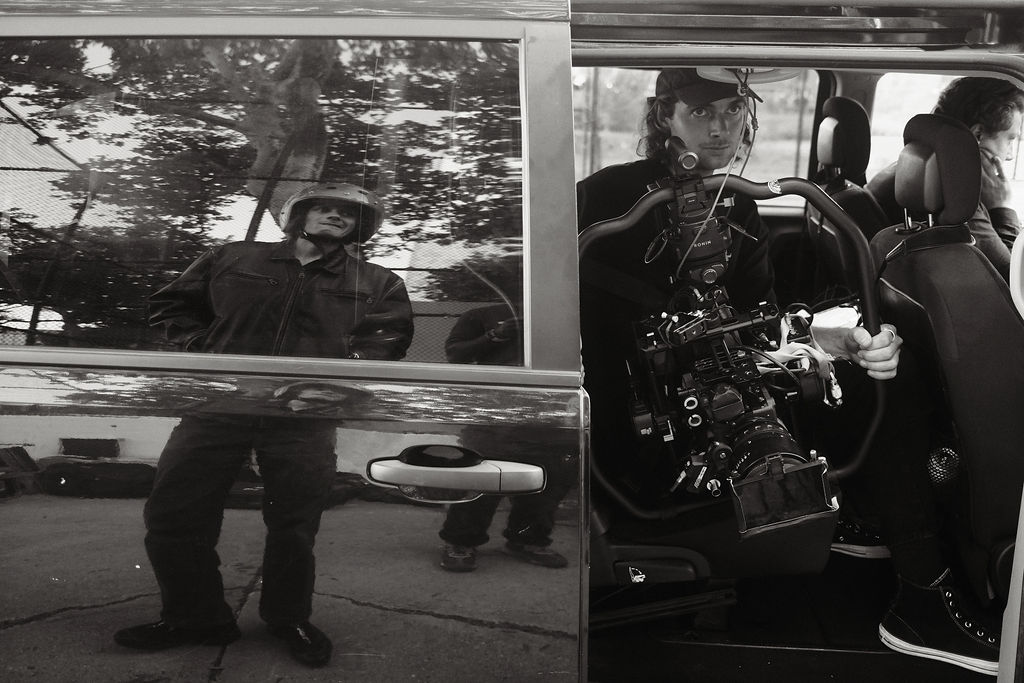
What do you hope to accomplish with this film?
What I love about documentary filmmaking is the opportunity to be deeply impacted by people you might otherwise never meet. It’s raw and intimate, and you learn something about yourself through every story. From Jarrick I learned patience; from Alyssa I learned presence of mind; from Julia and Massey I learned understanding; from Garen I learned to let go.
The goal of this film is to inspire personal change. I hope viewers allow themselves to venture into that dark night of the soul with our characters and then come out on the other side feeling they can conquer their own fears and insecurities.

